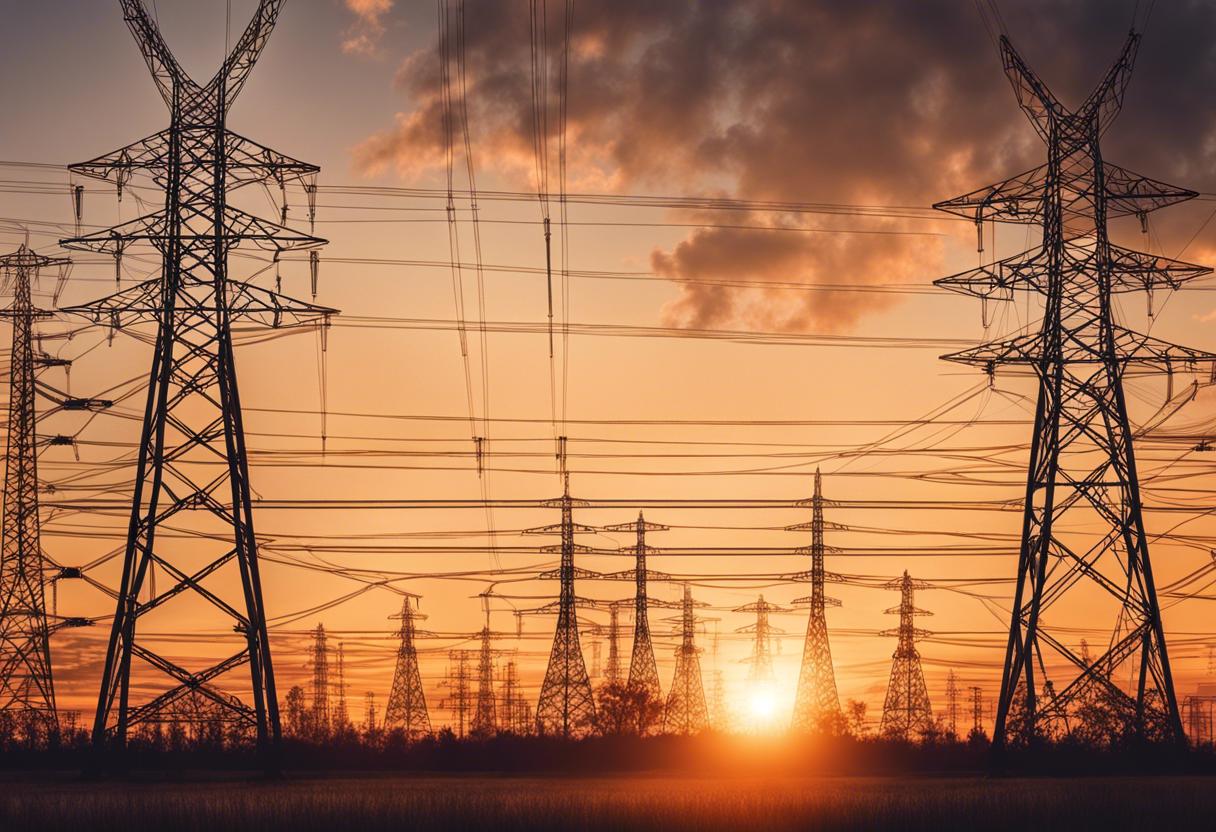The exponential surge in demand for artificial intelligence (AI) has spurred major technology companies and their suppliers to consider repurposing decommissioned power stations and former industrial areas into data hubs. Tech giants including Microsoft, Google, and Amazon are investing enormous sums to construct data centres, essential for their cloud computing and AI services. However, finding the appropriate site with enough power capacity for these power-intensive facilities is proving to be increasingly difficult.
Adam Cookson, who leads land transactions for the EMEA data centre advisory group of the property company Cushman & Wakefield, noted the growing constraints regarding available land and power in many data centre markets. Such constraints inspire exploration of smaller markets and complex venues, such as decommissioned power stations, presenting new opportunities for property owners in these areas.
According to Daniel Thorpe, a data centre research leader at the property firm JLL, large data centre campus developers are casting their nets wider by exploring infrastructure locations including old power stations. “Typically, it’s a huge ‘hyperscale’ facility such as Microsoft, Amazon and Google that would consider a power station,” Thorpe stated.
The attributes of retired coal power stations in parts of the US and Europe, such as having high power usage designs, pre-existing power transmission infrastructures, and proximity to water sources fulfil the requirements of data centre campuses. Hence, Microsoft plans to build data centres on the locations of the former Eggborough and Skelton Grange power stations near Leeds in northern England with the intended commencement of construction in 2027. Concurrently, Amazon has proposed a similar plan, with a campus project on the site of the decommissioned Birchwood power station in Virginia.
Potential shortcomings in electricity availability could impede AI progress, the tech sector warns. The demand for adequate fibre connectivity reduces the number of potential locations for data centres, stimulating interest in unconventional options. Analysts suggest that different AI workload requirements might allow for data centre placement in less central locations, distant from key computing centres, since latency or data response time is relatively insignificant in the training of AI models.
Rahul Mewawalla, CEO of Mawson Infrastructure Group, has noted a surge in proposals from industrial and power asset proprietors, such as private equity groups. They seek partnerships to repurpose their assets into data centres. For instance, Virtus Data Centres, which counts Macquarie Asset Management as one of its minority stakeholders, recently obtained two properties in Berlin. One was formerly a solar farm, the other an ammunition factory from the wartime period in the UK. The company aims to convert these sites into data centre campuses by 2026.
Similarly, Thor Equities Group purchased a former manufacturing plant in Georgia, USA. The group’s chair, Joe Sitt, stated that the site had adequate infrastructure like transformers, water, sewer, and natural gas, rendering it suitable for data centre development. Moreover, this pattern mirrors actions by the energy-hungry bitcoin mining sector, which has explored the option of repurposing abandoned industrial sites, including outdated aluminium smelters.
However, Mark Dyson, managing director of the carbon-free electricity programme at the Rocky Mountain Institute, warned of potentially lengthy, expensive, and bureaucratic challenges to these conversions. Particularly if a power plant had previously been disconnected from the electricity grid and the local operator hadn’t accounted for it. Thorpe of JLL real estate group added that the feasibility would greatly depend on site specifics, the cost of adapting for reuse, and land availability and prices.
RMI research suggests that it could be economically viable to position renewable power next to existing fossil fuel generation, connecting it to the grid via the plant’s current links. Any excess generated power, subject to grid connection facilities’ limitations, could theoretically be utilised to power an on-site facility such as a data centre. © The Financial Times Limited 2024.

